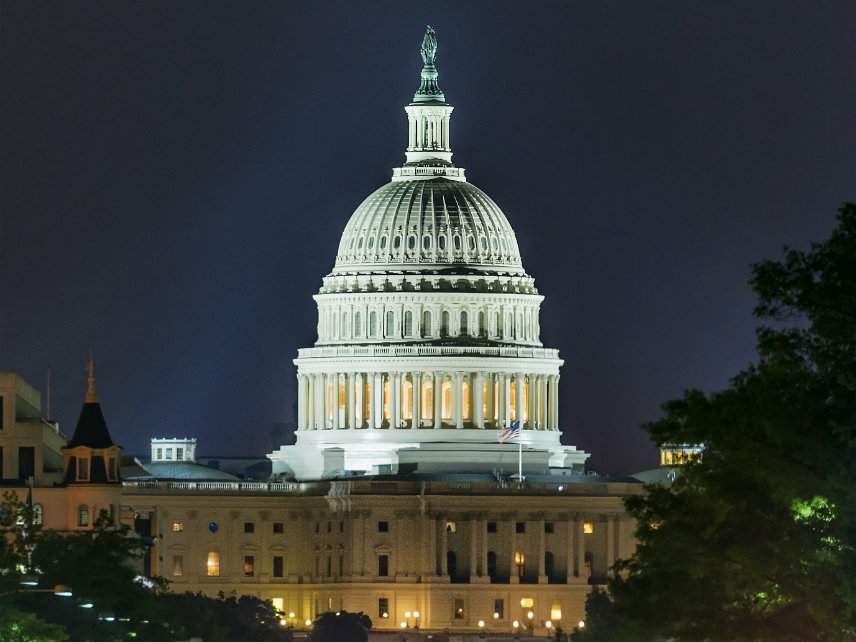Two Proposals To End the Government Shutdown Just Failed in the Senate
The shutdown rolls on, with no obvious solution in sight.

Parts of the federal government will remain closed after two proposals to re-open the government failed on the floor of the U.S. Senate Thursday afternoon.
A plan backed by Democrats that would have funded the government for two weeks without including $5.7 billion for President Donald Trump's border wall received 51 votes—short of the 60 required in the Senate to avoid a filibuster. Even if it had passed, it may have faced a veto by Trump.
Separately, a Republican-backed proposal to fund the government and Trump's wall received just 50 votes, with several Republicans voting against the proposal. That plan would have increased borrowing by about $20 billion to find the border wall and spend $12.8 billion on disaster relief, according to the Congressional Budget Office. Even if it had passed, it would have faced an uncertain future in the Democrat-controlled House.
And so the shutdown rolls on.
Thursday's votes provide a nice illustration of the dilemma facing Congress as the government shutdown reached its 34th day. It's impossible for either party to get a funding bill through the Senate without bipartisan support, and there does not appear to be enough bipartisan support for much of anything at the moment. Sen. Joe Manchin (D–W.V.) was the only Democrat to cross party lines and support Trump's border wall, and the six Republicans who backed the Democratic proposal were not enough to push it over the line.
Trump's efforts at blaming House Democrats for the shutdown—a shutdown that he said last month would be his responsibility—are only going to make it more difficult to reach any compromise that could pass the Senate.
The next attempt to reach a breakthrough is expected to come from the House, where Democratic leaders are reportedly prepping a bill that would spend $5.2 billion on border security—mostly high-tech options like drones and cameras—without granting permission for Trump to build a physical wall.
Trump has rejected that idea. On Thursday, he wrote on Twitter that "very simply, without a Wall it all doesn't work."
That's the other complicating factor. Even if a compromise to reopen the government could find a path through Congress, it may face a veto from Trump—who has spent this week embarking on a misleading effort to turn his border wall proposal into a rhyming slogan. There's not much in the way of an obvious solution to all this, short of Trump backing down.
While political gridlock is almost always entertaining, the current shutdown has done nothing to actually reduce the federal government's power or cost. If anything, the shutdown is likely to swing public sentiment towards bigger government, since each passing day brings new stories of how the shutdown is creating hardships for public employees in a variety of ways.
But the ongoing shutdown does create opportunities for finding ways to get government out of areas where it really shouldn't be in the first place. Like air traffic control, for example. Or the completely unnecessary agency within the Department of Treasury that's supposed to approve the labels that go on beer bottles. Regardless of how the shutdown eventually shakes out, one can hope that the past month has at least highlighted a few ways in which government's involvement in everyday life is problematic—not just when the government is running, but when it's stopped too.


Show Comments (87)